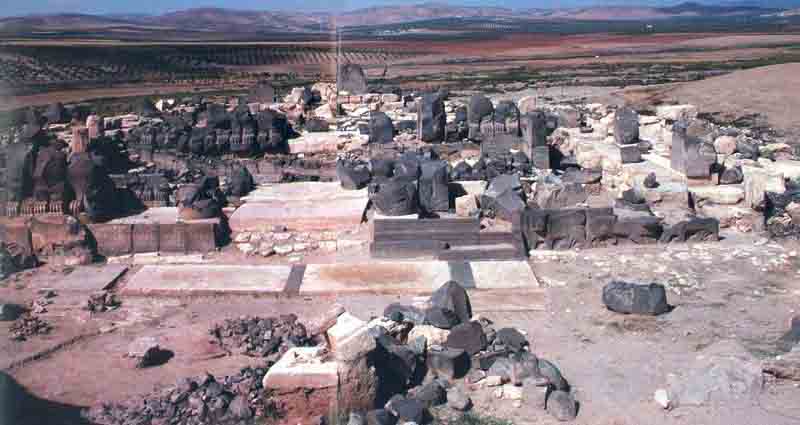Image Details

Marie-Henriette Gates
From the rubble-filled courtyard in the foreground to the shrine room in the distance, the ancient temple at ‘Ain Dara, Syria, is our closest parallel—in size, date and design—to the Temple built by King Solomon in the tenth century B.C.E. Beautifully preserved despite fire damage and massive looting (for many years, the remains served as a quarry for local builders), the Syrian temple allows us to visualize the magnificent Jerusalem Temple that was utterly destroyed by the Babylonians in 586 B.C.E.
Located on the fertile eastern bank of the Afrin River, in northern Syria, ancient ‘Ain Dara was discovered by chance in 1954, when a shepherd exploring a fox’s den stumbled across a sculpted lion’s head. Archaeologists immediately recognized the lion as part of a city gate. Further exploration led to the discovery of a 6,000-year-old upper and lower city. Built on the highest point of the tell, the temple (dating from 1300 to 740 B.C.E.) was fully excavated in the 1980s but has received little attention since—despite its correspondences with Solomon’s Temple.
